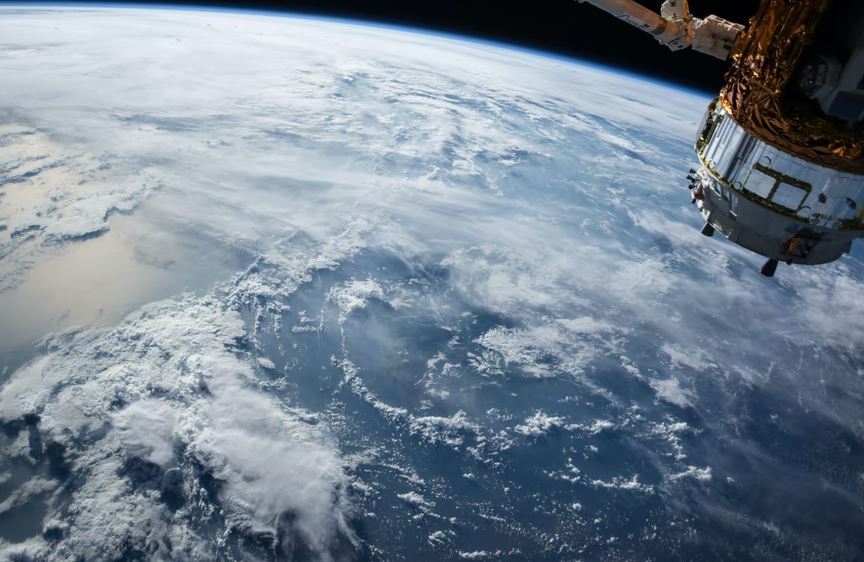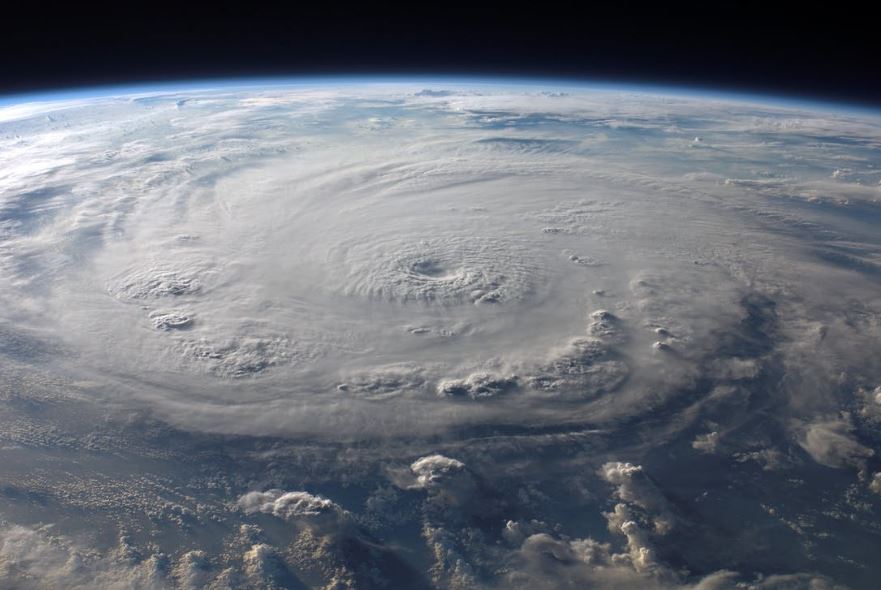Once a thing of science fiction that people have dreamed of, visiting space today is now becoming a reality with multiple companies already playing head-to-head in propelling tourists to the heavens. A product of years of testing and producing space vehicles, commercial institutions like Virgin Galactic are now able to offer such incredible opportunities, making the future of space tourism even more exciting. Here, let’s take a look at what Virgin Galactic brings to the table and what experience they promise to people they send to the cosmos.
What is Space Tourism?
Prior to delving deeper into Virgin Galactic, let’s first know what space tourism entails. Space tourism covers recreational trips outside Earth, allowing tourists to see Earth from space, and experience weightlessness or the lack of gravity, with future goals of bringing them to the Moon and the other planets.
While going to space has been done multiple times since Yuri Gagarin first made the journey outside the planet in 1961, only scientists have followed suit. It was only recently when it became available for ordinary, private citizens to have leisure trips in space, thanks to the emergence of different commercial space tourism companies at the onset of the 21st century.
Not all these institutions are equal, however, as they offer various opportunities ranging from suborbital to full orbital flights, lasting from a few minutes of weightlessness and viewing space to a couple of days of traveling around the Earth, visiting the International Space Station, and experiencing full effects of space.
Virgin Galactic Space Tourism Opportunities
Virgin Galactic is among the most renowned space tourism companies in the world, founded in 2004 by British billionaire and business magnate Richard Branson.
Virgin Galactic envisions connecting the world through the love and admiration for space travel. Called the “Spaceline for Earth”, they believe that such spaceflight has the distinct capability of changing technologies, perspectives, and even the future, by using space access to the advantage of humankind. Thus, heralding a new and meaningful space age for the entire humanity. Composed of hundreds of passionate and dedicated experts acknowledging the same mission, Virgin Galactic aims to make better use of space and experience our planet from a different perspective.
Headquartered in Mojave, California, USA, with a spaceport in New Mexico, the company has been developing commercial spacecraft since its launch, looking to provide suborbital spaceflight opportunities to tourists.
Suborbital spaceflights are trips to the Karman line or the beginning of outer space, sitting at an altitude of about 300,000 feet above Earth. Currently, Virgin Galactic’s main competitor in this type of space tourism is Blue Origin, a private aerospace company run by Amazon’s founder Jeff Bezos.
Virgin Galactic entered the space tourism industry on July 11, 2021, when it brought its founder Richard Branson along with 5 staff members outside Earth, boarding the company’s SpaceShipTwo spaceplane named VSS Unity. It was Virgin Galactic’s first fully crewed spaceflight, which eclipsed Blue Origin’s maiden crewed flight for just a couple of days, as it only flew Jeff Bezos and three other passengers on July 20, 2021.
Dubbed as the Unity 22 mission, Virgin Galactic’s crew took off from the company’s spaceport in New Mexico at 8:40 am local time. VSS Unity took off via the carrier aircraft named VMS Eve, before the latter dropped free at an altitude of 50,000, while the former continued to travel to suborbital space utilizing its own rocket motor power.
Four passengers and two pilots flew 282,000 feet above Earth’s surface and experienced four minutes of weightlessness in the suborbital flight. Afterward, it glided back down to the New Mexico spaceport and had a smooth runway landing.
Branson, who was assigned to be “Astronaut 001” for the test suborbital flight said that it was an “experience of a lifetime.” Other passengers on Virgin Galactic’s maiden flight were the company’s chief astronaut instructor Beth Moses, lead operation engineer Colin Bennet, and VP of Government Affairs and Research Operations Sirisha Bandla. Pilots Mike Masucci and Dave Mackay completed the team.
The Unity 22 mission served as a major milestone and hefty step forward for the company’s goals for space tourism and catering to the affluent thrill-seekers and space enthusiasts. Moreover, it served as a great opportunity for the company to assess their private astronaut experience, evaluate the comfort of its cabin and the Earth-viewing experience from space, the effectiveness of their crew training, as well as see how their spaceflights can be used to conduct research experiments, which all in all help improve their full commercial service.
Note that while Virgin Galactic trips on suborbital space are relatively shorter compared to NASA’s International Space Station mission, any journey outside Earth has its own risks, such as managing the impact of G-loads, fire, and cabin depressurization. With that, all passengers of Virgin Galactic must undergo training and readiness programs, which include academic classes, flight simulations, as well as guidance and instructions, aimed to prepare them for the journey to the cosmos.
No drastic weight, height, or age restrictions are implemented as Virgin Galactic aims to open space to all. However, regulatory requirements from the Federal Aviation Administration are still followed, such as being at least the age of 18 to be able to fly. Meanwhile, passengers also don’t have to be in their peak physical condition to reach space. The majority of people looking to experience suborbital flights are medically fit to do so, and even those with well-managed medical conditions are able to endure spaceflight operations.
In February 2022, Virgin Galactic reopened ticket sales to the public, with a seat price costing $450,000, requiring a $150,000 deposit. Prior to that, Virgin Galactic had already reported around 700 customers on its waiting list, with plans of bringing them into space in late 2022 and catering to its first 1,000 customers in the same year.
Final Words
Indeed, space tourism continues to look exciting with such opportunities offered by Virgin Galactic and its other competitors. With the continuous advancement of technology and with these companies seeking to improve and make spaceflight more affordable and accessible for everyone, we can expect even brighter promises for the future of space tourism.



